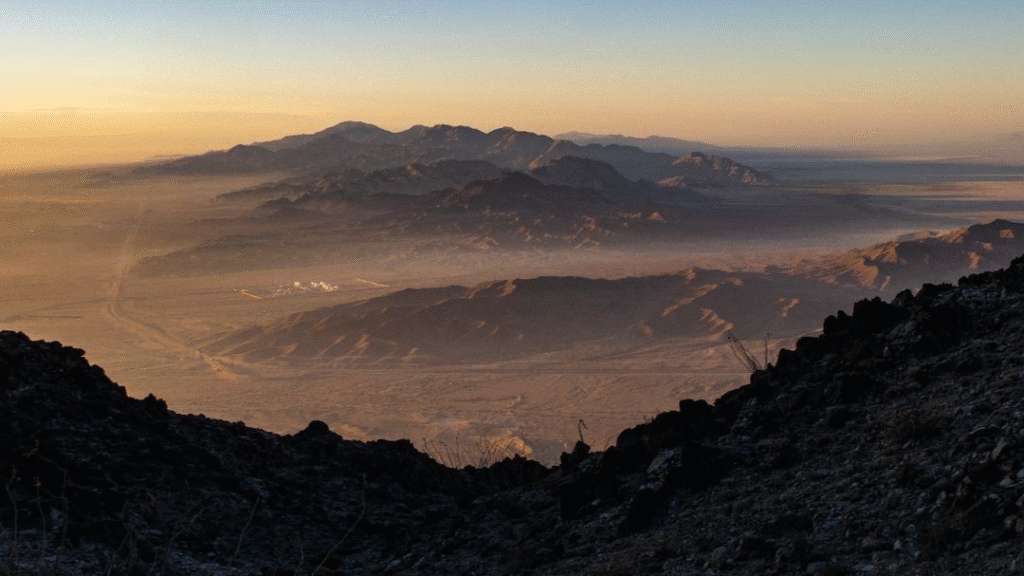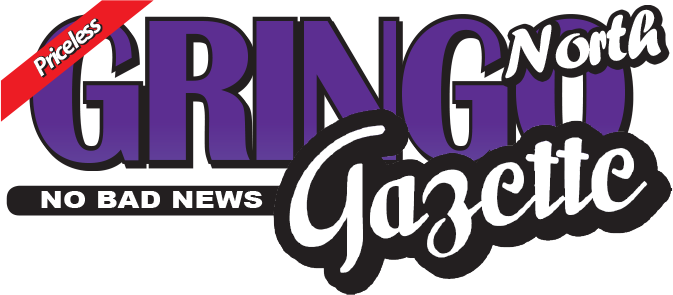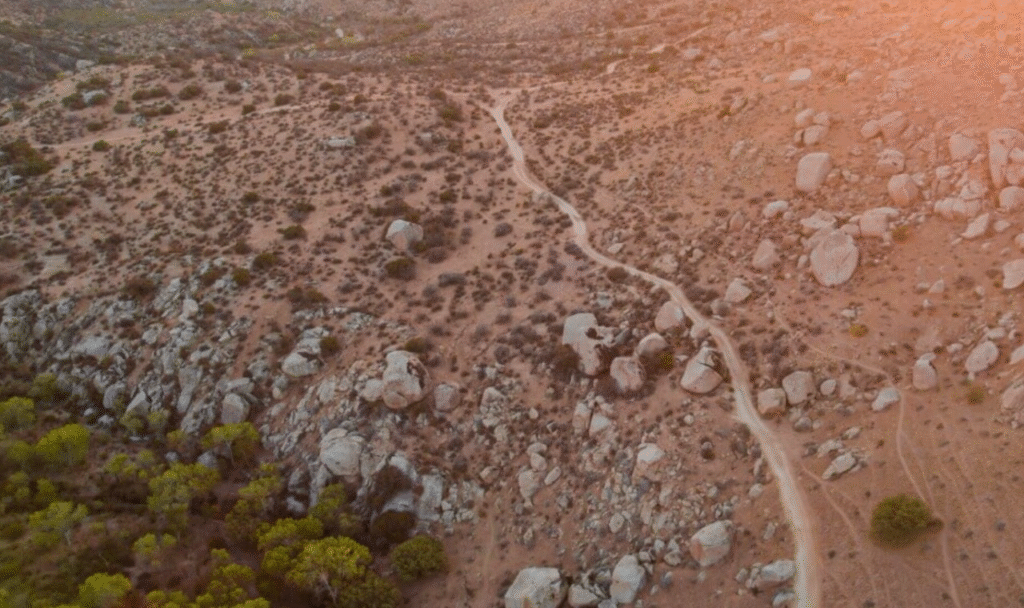A Sunday That Matters
This Sunday, October 19, Baja California opens more than another hiking route. The Kumiay Trail Network, part of the state’s official trail system, invites everyone to walk, breathe, and rediscover what truly connects us.
The event lasts about ninety minutes, and visitors are encouraged to wear comfortable clothes, a hat, sunscreen, and sturdy shoes. After all, you’ll want to do more than stand for the speeches—you’ll want to join the walk.
Because every step on this trail isn’t just exercise; it’s participation in something much older than tourism.
Who Are the Kumiay?
The Kumiay, or Kumeyaay, are an Indigenous people whose ancestral lands stretch from northern Baja California to southern California in the U.S. Although modernization has pushed them toward the margins, their traditions still thrive in communities like Juntas de Nejí, Tanamá, and San José de la Zorra.
Their language, part of the Yuman family, has fewer than four hundred speakers left in Mexico. Even so, every word they preserve carries a universe of memory.
For the Kumiay, nature isn’t a backdrop—it’s kin. Every canyon, plant, and gust of wind belongs to a larger story. By naming the trail network after them, Baja finally honors its oldest storytellers.

Discover the new Kumiay Trail Network culture health and horizon in one walk
What Makes These Trails “Official”?
The term “homologated” may sound like something from an engineering manual, yet it simply means the trails are certified, safe, and sustainable. Under the Sistema de Equipamiento de Senderos Oficiales de Baja California (SESO BC), each path includes clear signage, ecological planning, and interpretive panels that reveal the region’s heritage.
Moreover, the program links to Shamelj, a word meaning everyone in Kumiay. The idea is beautifully simple: everyone shares responsibility for the land—and everyone benefits from it.
Existing routes such as BC-1 Mesa Los Indios and BC-2 Wapj Mat (Caminando la Tierra) already showcase how culture and nature can coexist. Now, the new Kumiay Network extends that philosophy deeper into Baja’s wild heart.
History Beneath Your Feet
Long before wineries and toll roads, these same hills echoed with the Kumiay’s footsteps. Nearby rock-art sites like El Vallecíto prove humans have lived here for thousands of years. Even the famous Valle de Guadalupe once had a Kumiay name: Ojá Cuñurr, meaning “the land between hills.”
Through the centuries, missions, farms, and highways carved new paths across this ancient territory. Now, the Kumiay Trails seek to reconnect rather than divide—to tell stories instead of paving over them.
Besides, Baja’s adventure-tourism boom needs roots as much as roads. This project finally gives both.
Why It Matters for Baja
Because well-built trails don’t just guide hikers—they shape futures.
Environmentally, they control erosion, protect wildlife, and keep wanderers from trampling fragile ecosystems.
Culturally, they share Indigenous stories where they actually happened.
Economically, they bring sustainable jobs to rural areas: local guides, artisans, and caretakers.
Socially, they teach respect for the land we all use but rarely understand.
Consequently, each official trail becomes a classroom without walls—a place where tourists learn and locals lead. That balance keeps Baja both wild and welcoming.
Walking for Health and Heritage
Medical journals and ancient wisdom finally agree on something: walking heals. Regular hiking lowers blood pressure, improves lung function, and resets the brain after too many hours of screen time.
Meanwhile, cultural paths like the Kumiay Network feed emotional health. They remind us we’re connected—to the land, to each other, and to the stories beneath our feet.
For Kumiay youth, guiding visitors through ancestral territory is pride made visible. For visitors, walking those same routes feels like stepping into someone else’s heartbeat—and realizing it matches your own.
Ready to Take That Step?
So, if you’re looking for meaning wrapped in sunshine, lace your boots and head toward the ceremony. Bring water, curiosity, and respect—you’ll need all three.
When your soles touch that dusty trail, you’re not just hiking. You’re helping history stretch its legs again. And trust us, history could use the exercise.


